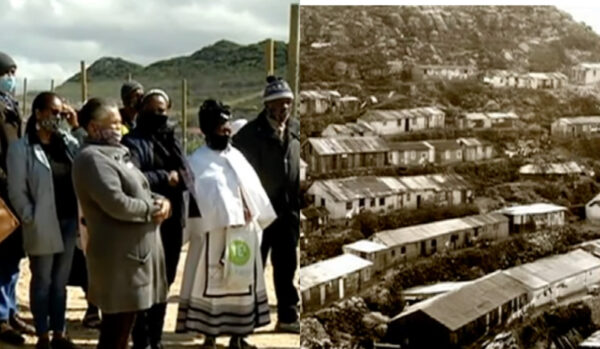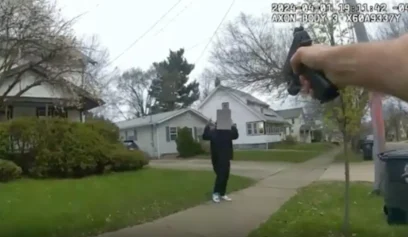Black families are returning to Simon’s Town in South Africa following their removal from the town nearly 60 years ago.
About 1,500 residents were forcibly removed from the Luyolo area of Simon’s Town in 1966 by the apartheid Group Areas Act.
Racial segregation was widely accepted in South Africa and sanctioned by law in 1948 after the National Party headed by led by Daniel F. Malan, extended segregation sanctions, codifying the system as apartheid.

The Population Registration Act of 1950 further segregated people by race when it categorized all South Africans as either Bantu, which meant all-Black, and Coloured, which meant mixed-race Africans. The Group Areas Act of 1950 divided Black people and white people into residential areas, with the white areas given the best agricultural, industrial, and urban areas. Prior to the Group Act, people of all races lived in Simon’s Town.
The Simon’s Town residents lost their homes and were relocated to Gugulethu because Black people were restricted from renting or even occupying any property in “white zones” following the Group Areas Act.
About 20 families were forcibly moved every day by trucks loaded with as much of their belongings as would fit. One of those residents was then-18-year-old Broadhurst Cona, who said they weren’t even told where they were being relocated to.
“It was the end of the world for us,” said Cona. “We never even knew where we were going.”
The residents were resettled and given no choice of the size of their flats or homes. If they refused, they were left to find housing on their own.
Nearly 60 years later, at least 100 claimants from the Luyolo Land Restitution Committee are returning to Simon’s Town as beneficiaries of the Dido Valley Housing Project.
The housing project consists of 600 units, 100 of which will go to claimants of the Luyolo Land Restitution Committee. About 773 Luyolo township claimants were offered compensation instead of land over the years and have accepted.
Broadhurst Cona is a founding member of the Luyolo Land Restitution Committee and said he tried to convince the claimants not to accept compensation over land.
“When this was announced, we had a bit of a fight because we tried to convince them not to go for compensation and go for land instead because Simon’s Town is an upmarket place,” said Cona. “You can’t just accept this kind of money because they offered us R22,500, and that was in 2003.”
R22,500 converts to approximately $1,292 U.S. dollars. The other 500 units will go to residents from the Redhill informal settlement.
Cona added that the government used money as a weapon by offering claimants a choice between land and financial compensation. Cona said that the claimants had been debating reparations since the early 2000s, and people became disillusioned with the lengthy process and eventually chose the money.
“The people were so disillusioned,” he said. “They thought they would never go back, that it was a pipe dream. We tried to convince them that taking the money was not worth it. It was peanuts, about R22,000 at the time. You know they use money as a weapon, and that’s where we lost,” said Cona. “It was a disaster for us.”
Cona added that many took the compensation because they did not know what to expect back in Simon’s Town. “Some of them said, ‘No, this is not worth it because, now, I stayed in Simon’s Town in a bigger plot, then I went to Gugulethu, but going back now to a small plot, it’s something which I can’t fathom,'” he recalled. “Anyway, we said just to keep the legacy, we went back to Simon’s Town, so that’s what gave me more energy.”
Cona also said he was excited to go home but noted that the long process of waiting took the excitement out of the entire process for him as well. “That excitement is no more there because when this came about, we were so happy and excited about going back to our place,” he said. “But now things are not the same because the long wait of these promises took all the steam out of it. We expected a restitution project, not RDP houses.”


